As countries lose their topsoil, they eventually lose the capacity to feed themselves. When looking for solutions to address the loss of plant and animal species across the world, soil biodiversity is key in restoring the balance for all living beings on earth
As we have only one planet, soil is a finite resource, so we have to take good care of its health and wellbeing to ensure it can continue to deliver the many services it provides to humans.
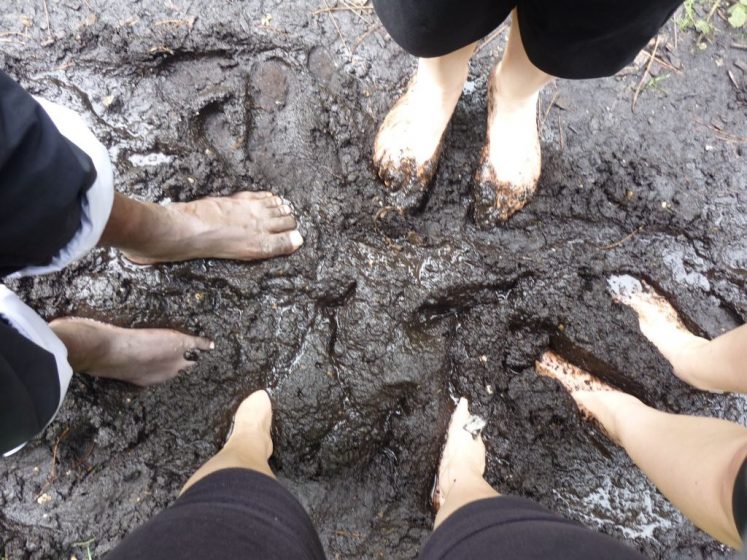
The secrets of soil
Soil is a living complex made up of roots, bacteria, fungi, rocks, sand and clay particles, and animals. Toby Query, ecologist with the City of Portland’s Watershed Revegetation Program, talks about the magic of earthworms in his essay “Earthworms can awaken us to ecological change”. He describes how their life in the soil interconnected with all living organisms, provides the many wonderful functions humans benefit from every day. He explains that earthworms are doing a lot of work in the city. They are decomposers and nutrient recyclers. They aerate and mix the soil by creating tunnels and move nutrients and organic matter up and down. They turn leaves and food scraps into soil. Amazingly, they also help process and degrade our toxins. Earthworms have been found to degrade petroleum products, extract heavy metals, and break down man-made organic chemicals, such as PCBs. Toby rightfully points out that soil can help us to learn about changes taking place in our cities and how well we take care of our natural environment.
Soil supports 98% of biodiversity, provides 99% of human food, filters 100% of rainfall for drinking water and stores more active carbon than the air, forests or seas combined; yet it is the most neglected biome (UN, 2018). To deliver all of these services, soil needs to be healthy. However, one third of our global soils are already degraded(UN, 2018)and we risk losing more due to soil pollution. With a growing world population, soil pollution is a worldwide problem as degrading the quality of our soil, means we are poisoning the food we eat, the water we drink and the air we breathe along with it (UN, 2018).
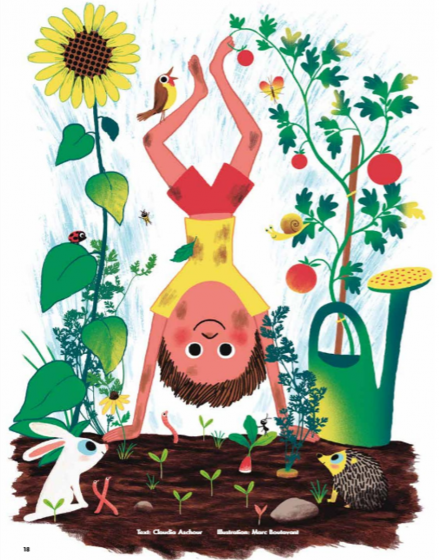
Human actions, such as deforestation, large scale industrial farming, climate change and urbanisation are destroying soil rapidly. A growing challenge is that fertile soil becomes scarcer as cities expand. According to a recent report entitled, Nature in the Urban Century, by 2050 humanity will urbanize an area larger than the country of Colombia—approximately 1.2 million km2. Many growing cities in the world face problems with hazardous waste from industry, polluting the soil and drinking water resources. Others face major issues with soil erosion resulting from large scale deforestation and the transformation of forested land for agriculture resulting in depleted and dried-out soil that is easily washed away by rain or floodwater.
The thin layer of topsoil that covers the earth’s land surface was formed over long stretches of geological time as new soil formation exceeded the natural rate of erosion. Soil that was formed on a geological time scale, is now being lost on a human time scale (Lester R. Brown, 2012). Sometime within the last century, soil erosion began to exceed new soil formation. In the last 150 years, half of the world’s top soil has been lost (WWF). As healthy and productive land erodes and the population grows, competition for land is intensifying.
As countries lose their topsoil, they eventually lose the capacity to feed themselves. When looking for solutions to address the loss of plant and animal species across the world, soil biodiversity is key in restoring the balance for all living beings on earth. There is clearly a need for immediate action, creating awareness of how we use soil, manage land and why it is so important for our life.
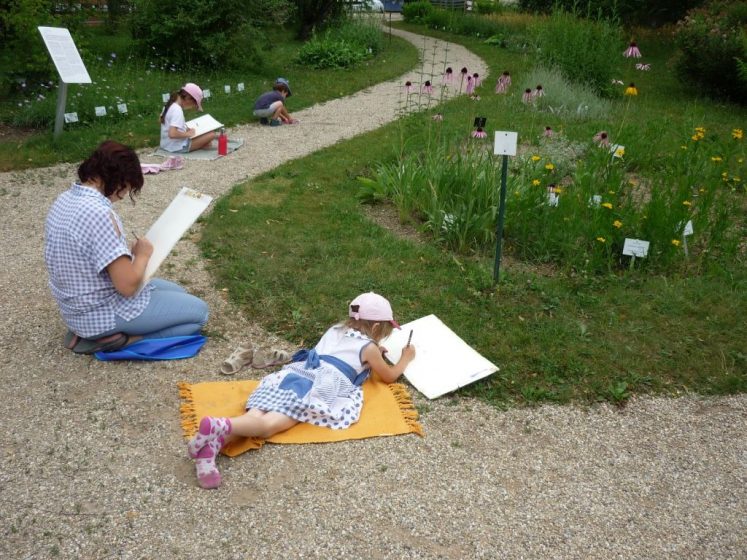
Soil, a natural ally in combatting climate change
As world leaders just gathered in Poland for UNFCCC’s 24thConference of the Parties (COP 24) to agree on measures for keeping global warming below the “safe” threshold of 1.5 degrees, it’s apparent now more than ever that nature is a critical part of the solution to avoiding the dangers of climate change. Not only civil society organisations, but also governments and business representatives are becoming more and more aware of the power of nature in reducing greenhouse gas emissions, maximising carbon sequestration and adapting to the effects of a changing climate. Even the actor Leonardo Di Caprio is raising awareness for this important matter. Often considered a “forgotten solution”, soil is the biggest terrestrial carbon sink, but land degradation is reducing its ability to mitigate climate change.
As soils degrade, they lose their ability to hold carbon, releasing enormous amounts of CO2 into the atmosphere, along with nitrous oxide, making land degradation one of the biggest contributors to climate change. An estimated two-thirds of all terrestrial carbon stores from soils and vegetation have been lost since the 19th century through land degradation. Agriculture, forest and other land-use sectors generate roughly a quarter of all anthropogenic greenhouse gas emissions (IUCN, 2015).
The world’s soils contain 1,500 billion tons of carbon in the form of organic matter – two to three times more carbon than is present in the atmosphere. This represents a significant contribution to man-made greenhouse gas emissions. Increasing the quantity of carbon contained in soil, for example through agriculture and pasture management practices which increase soil organic matter, can reduce the annual increase in carbon dioxide in the atmosphere. It is estimated that improved livestock rangeland management could potentially sequester a further 1,300-2,000 million metric tons of carbon dioxide by 2030 (IUCN, 2015). Reversing land degradation and increasing soil organic carbon provides one of the surest and lowest-cost multiple-wins: climate change mitigation and adaptation, conservation of biodiversity, and increased food production (IUCN, 2015).
Agriculture and land management practices seem to be an issue distant from the priorities of cities, but considering the potential that soil regeneration has for reducing global carbon emissions, as well as the link with food production, drinking water provision and many other benefits to urban citizens, a strong case can be made for strengthening the connection between the city and the natural systems it depends on for creating a healthy and resilient living environment.
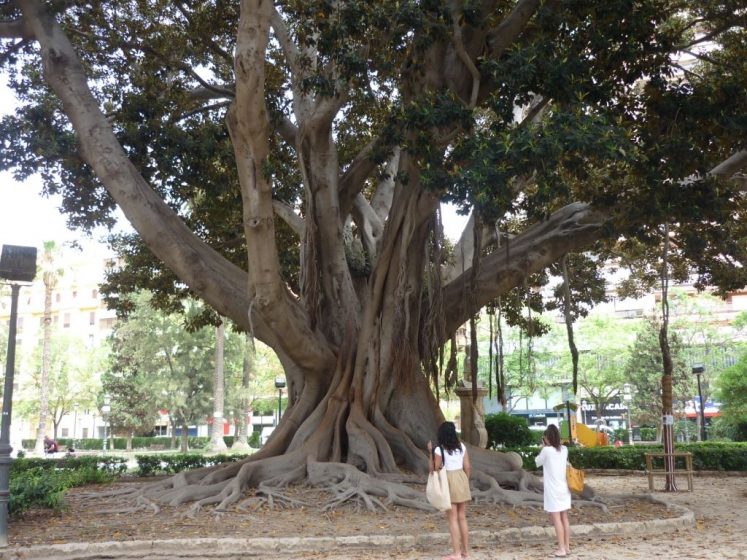
The business case for investment in soil health
It is promising that the World Business Council for Sustainable Development with a wide range of partners launched a new publication, “The Business Case for Investing in Soil Health, which recognises that soil health is the foundation of our food system. This is underlined by case studies from 10 companies across the agricultural value-chain on five continents which demonstrate that investment is already happening and returns are being made.
The publication explains that investing to improve soil health is an opportunity to increase crop productivity, secure supply chains and meet the growing food needs of our global population, to protect and improve our precious water and biodiversity resources, and enhance the livelihoods of the one in three people worldwide who work in agriculture.
One case study, from India, describes how Mahindra, a global federation of companies with an operational presence in over 100 countries, has been acting on soils to improve water availability in its operational regions and local communities. Improved land management practices, such as the establishment of sediment traps and ponds, have demonstrated they can help slow the flow of water, reducing soil erosion and resultant silting of water infrastructures downstream. As a result of the initiative, more than 4,000 farmers benefited from a two-meter rise in average groundwater levels, whilst allowing a doubling of land under irrigation and as a result, a doubling of per capita income.
If we bring this approach to an urban context, a valuable case for investing in soil can be made to slow water flow, control erosion and carefully select plant and tree species that will thrive in existing soil conditions. For example, degraded soils are a big concern in New York, where lead contamination levels can be high (NYT, July 2018). Soil is needed to fight flooding and to create new coastal wetlands that can help buffer the impact of future storms. The PUREsoil NYC program was launched, which in addition to pursuing environmental goals intends to focus on cleaning contaminated community gardens. It will make it possible to use native soils and reduce costs of transporting excavated materials elsewhere and bringing clean soil into the city from remote areas. Municipalities in other parts of the world are considering similar solutions.
Let the earth breathe
In light of the global discussions to determine concrete action for the protection of biodiversity, sustain life on earth and to strengthen the response to the threat of climate change, the work and cooperation to protect and restore soil represents a common denominator for cities as well as rural and agricultural landscapes. It means working with nature, not against it, by bringing the needs of people in balance with the needs of ecosystems.
The major challenge soil is facing is its invisibility. However, we benefit from a growing knowledge base among scientists, governments, business and the public that soil is the motor of life. We also have the technological capacity to identify very precisely the priority locations for stopping soil erosion, improving agricultural production, and restoring ecosystem, and mapping the benefits this brings.
The future of land and natural resources will depend on the extent to which we will be able to establish appropriate incentives and rewards for responsible land management practices that support the integration of biodiversity and ecosystems in decision making and investment at all levels. Restoring soil, should become a top priority for cities, national governments, businesses, and society at large to move from seeing soil as an object from which profit can be extracted, towards one that recognises the interdependence of people and nature.
We see the development of a wide range of inspiring local actions for sustainably growing food in cities and villages led by indigenous groups and communities in cities around the world. Examples are: “Incredible edible” in the UK, which creates connected communities through the power of sustainable local food growing, micro-gardening, aquaponics and urban farming in Africa, which enables soilless horticultural production in small urban spaces, such as flat roofs, balconies, yards and even in tyres or small recycled boxes, the “Slow Food” movement and the “Global Ecovillage Network” worldwide. It is these many unsung heroes who will increase the attention for the value of healthy soil and help shape the new future and encourage others to join in the action.
The private sector is an important partner in protecting and restoring soil through greening the supply chain, helping to prevent pollution and overexploitation. Activities, such as setting environmental standards that all suppliers must meet, creating performance goals for verification of the reduction of impacts on soil across the supply chain as well as partnerships to create new ways to improve environmental performance, can make a big difference. The Healthy Ecosystem Metric is a simple decision support tool designed to help companies understand their impacts on biodiversity, soil and water. It helps to identify high-risk locations where a company is most likely to experience biodiversity, soil and water risks or create negative impacts and informs strategies to safeguard natural capital and drive improved business performance.
Initiatives like these show how much we can benefit from having more champions to help in making the soil visible in boardrooms, landscape planning and design, the farming community, as well as among public and private land managers, in the media and in education at all levels.
“From here on, the primary judgment of all human institutions, professions, programs and activities will be determined by the extent to which they inhibit, ignore, or foster a mutually-enhancing human/Earth relationship”– Thomas Berry, author of The Dream of the Earth.
Chantal van Ham
Brussels
References
Lester R. Brown, 2012, Full Planet, Empty Plates: The New Geopolitics of Food Scarcity
Robert I. McDonald, M’Lisa Colbert, Maike Hamann, Rohan Simkin, Brenna Walsh, 2018, Nature in the Urban Century, The Nature Conservancy
Richard Schiffman, July 2018, New York Times, The city’s buried treasure isn’t under the dirt, it is the dirt
UN World Soil Day, http://www.un.org/en/events/soilday/
UN, 2018, Polluting our soils is polluting our future


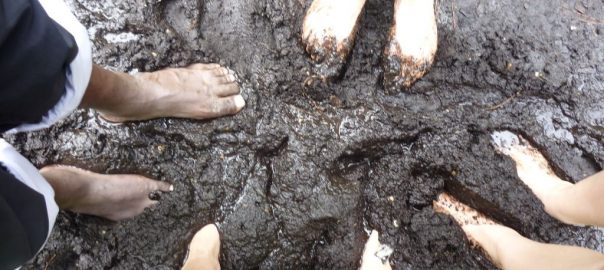
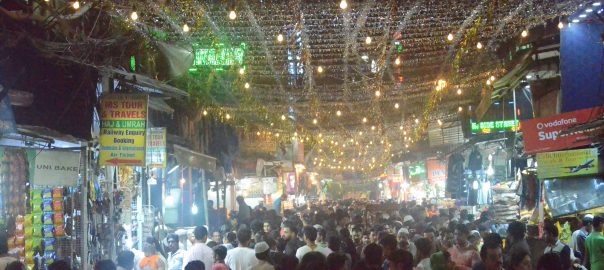
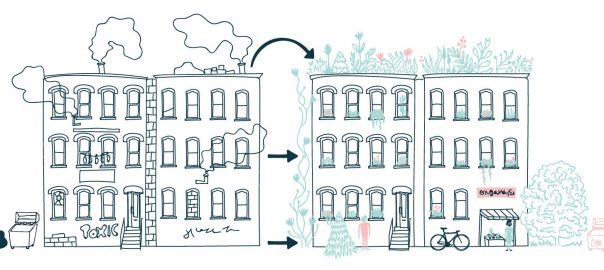
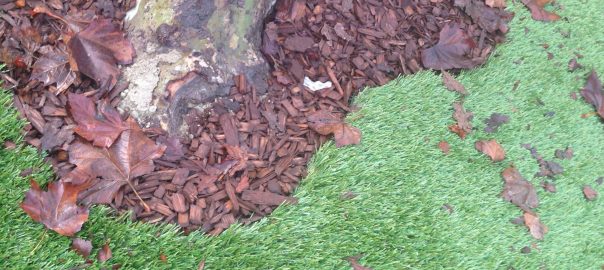

Leave a Reply